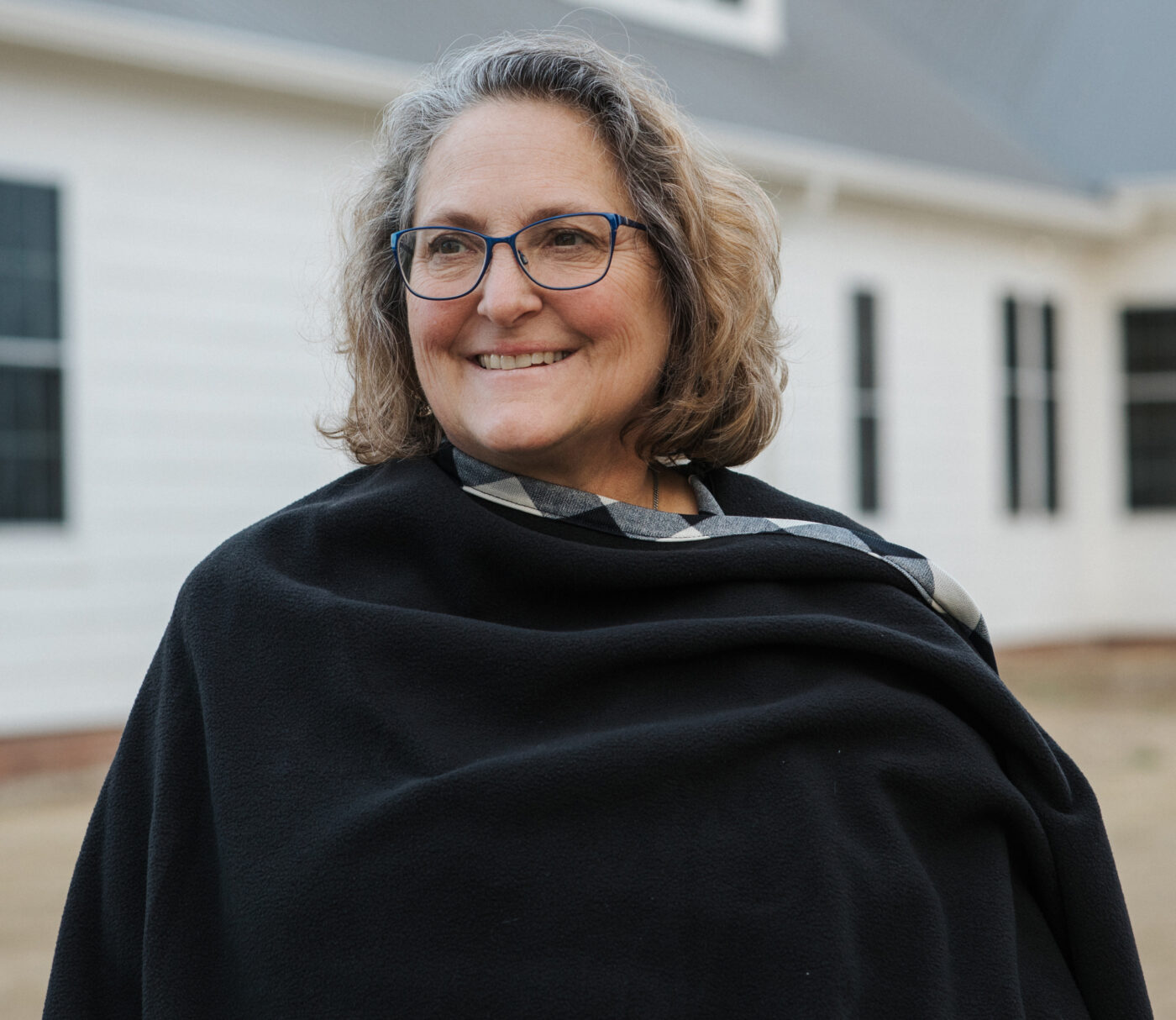When teaching my own boys or when tutoring classical conversation students, I always ask myself this question: if I only had a stick and sand, could I engage and effectively dialogue with my students about the concept I want to teach them?
Spend Time with Adults—Not Peers, Not Machines
Asking this question helps us to rely more on modeling, dialogue, and relationship than on the false sense of accomplishment a flashy presentation can leave. Minutes of effective modeling and dialogue are exponentially more effective than hours spent preparing a PowerPoint presentation to show in class.
One of the concerns I raised in my book, The Core, is that students in the modern education system do not get to spend enough quality time with caring adults. I believe this system results in children forming attachments with peers who often steer them toward foolishness, rather than with adults who steer them toward maturity and wisdom.
Use Technology at Home, Build Relationships in Community
At Classical Conversations, we want to use technology wisely so that it enhances our knowledge and skills instead of doing our thinking for us. On Community Day, my desire is for tutors at all levels to spend the day modeling and discussing rather than showing media presentations.
I am excited by the quality of the review resources that the Classical Conversations Multimedia team has created. These products—such as the memory work resource CDs like Foundations Cycle 1 and the interactive tutorial in CC Connected—are wonderful tools for parents to use at home, but these digital tools are not designed for use in the classroom on Community Day.
Instead, the tutor builds a personal relationship with the students, engages, guides, and leads the community through ideas, questions, forms, examples, and illustrations. Instead, I desire for tutors to use simple, inexpensive tools to explain concepts. A chalkboard or whiteboard, a map, a timeline, cards, and accessories like playing cards or poker chips are all we need. It thrills me to see abecedarian teachers seated on the floor engaged in conversation with four-year-olds.
The new grammar portion of the morning is designed to allow tutors to model memorization in a simple, straightforward fashion, through singing and chanting. The review portion is designed to give students an opportunity to recite what they have learned. Then families can go home and soak in the new knowledge by viewing the beautiful images and reading the rich information on the memory work resource CD or in the interactive tutorial in CC Connected.
Search for a community near you.
Stick in the Sand: Essentials
In Essentials, students should discuss grammar, diagram sentences on the whiteboard, read papers, and play math games using dice and cards. One of my favorite testimonials was from an Essentials parent who had recently brought her children home from public school. She dryly remarked, “I can see why the public schools don’t employ these methods. It must be the expense of the dry-erase markers and the dice.”
This example highlights the principles that should be used to evaluate our use of technology. Does my weekly community time lead the students to think about words, numbers, and ideas, or does it dull their thinking?
Does my community time include rich ideas, questions, and content that will arouse a student’s curiosity? Or does it momentarily dazzle students with pictures, and bells and whistles?
Are my students actively engaged in thinking, or are they passively preoccupied with technology?
Stick in the Sand: Challenge
In Challenge, we discourage the use of DVDs on Community Day to present difficult concepts such as logic or math. Instead, tutors and students should be encouraged to discuss ideas and demonstrate solutions on the board. The Challenge Tutor disciples and mentors students by studying the same texts as the students and by eagerly discussing ideas with them.
One goal of the Challenge program is to raise up a literate and wise generation who can understand issues clearly and can articulate them to others. We ask our students to become masters of words by assigning them to memorize historic speeches, compose original speeches, debate current events, and write papers of increasing length and complexity. These activities encourage depth of thought and breadth of expression.
A few examples from the Challenge curriculum should reinforce the relational methods of instruction. I feel very strongly about our children drawing maps in Challenge A. This is different from labeling a photocopied map. Drawing the maps gives our children a spatial understanding of the world and increases their retention of geography knowledge by creating multiple neural pathways to the information.
This is also true of the science sketches that they produce in Challenge A. If they draw the layers of the skin or the parts of the digestive system, they gain a deeper understanding of anatomy than if they simply labeled drawings on a worksheet. Sketching forces them to store the information in their long-term memory.
Exceptions to the Rule
There are times when our use of technology enhances a learning experience rather than detracting from it. For example, Challenge II classes are encouraged to watch Francis Schaeffer’s How Should We Then Live video series. This is a good use of technology on the seminar day because the videos allow students to view European works of art and to hear the words of an important Christian philosopher. After viewing the videos, they can return to their dialectic discussions of the artwork and of Schaeffer’s commentary.
However, in general, we want to maximize recitation for Foundations and Essentials—and dialectic discussion and rhetorical presentation for Challenge—in our weekly communities.
Wrestle with Ideas, Not Bells and Whistles
Engaging in relational recitation in the younger years and moving into idea-centered, truth-seeking conversations in the older years is the lifeblood of the Classical Conversations community.
Often, the use of technology gives our children and sometimes their tutors and parents the illusion that education should always be fun, quick, and easy. Even worse, they may come to believe that raw information equals knowledge, understanding, or wisdom.
In contrast, students and teachers of the past knew that education was often slow and difficult. In earlier generations, students understood that equality education involved wrestling with big ideas and agonizing over the right words to express their ideas well. They understood that true education results from hard work and occurs over a lifetime. Their labors often rewarded them with deep satisfaction when they conquered a difficult skill.
I want to help our students regain the pride of a job well done through reading, writing, ciphering, and thinking.





